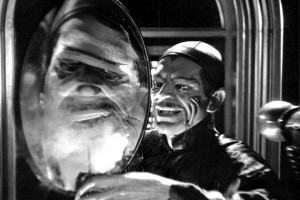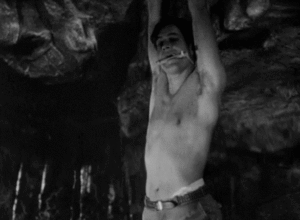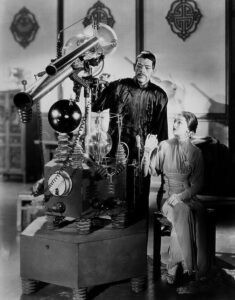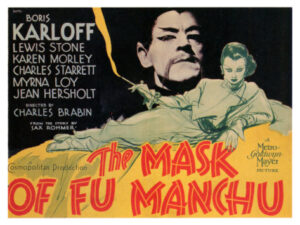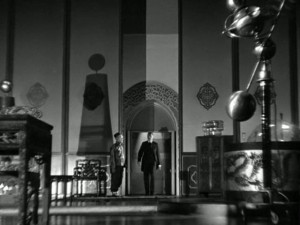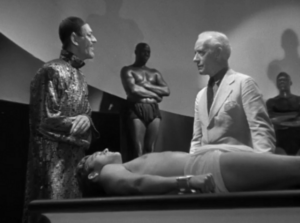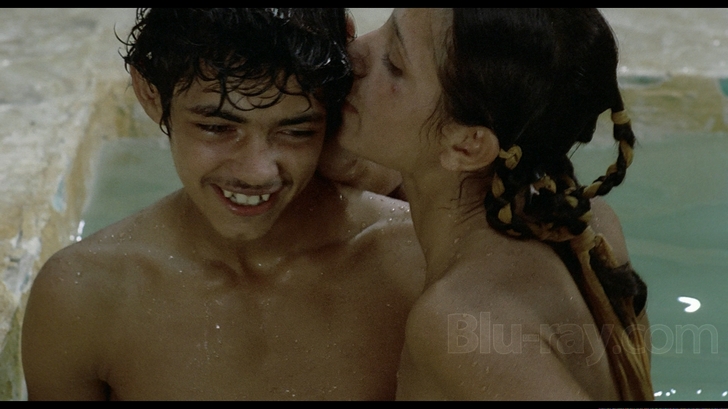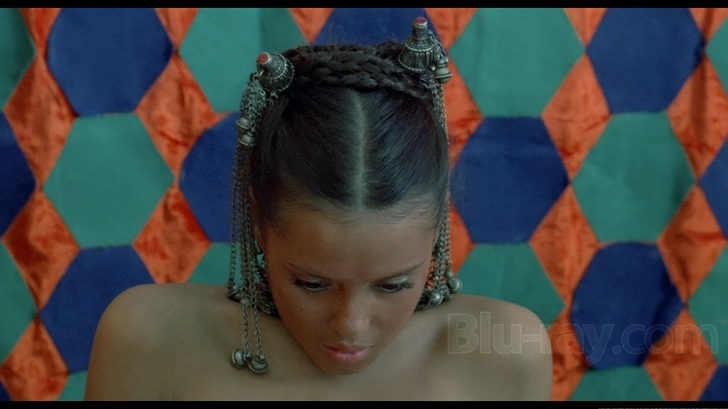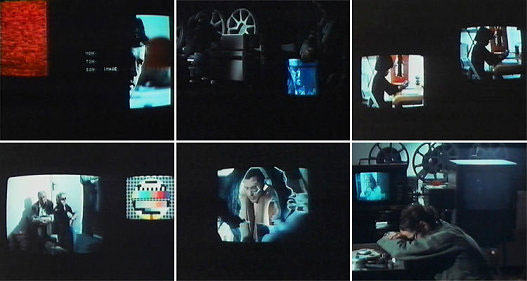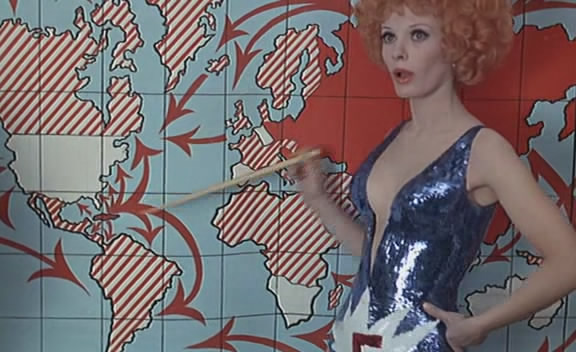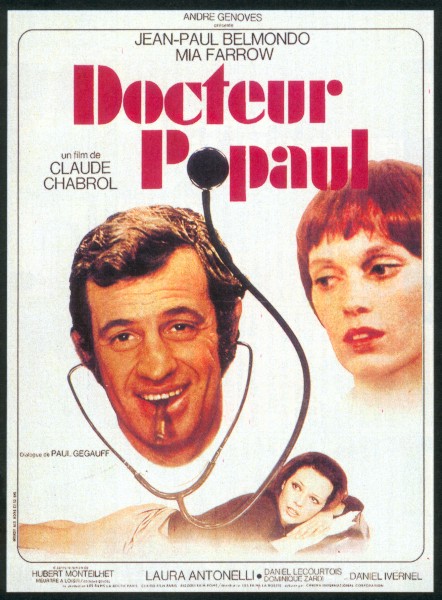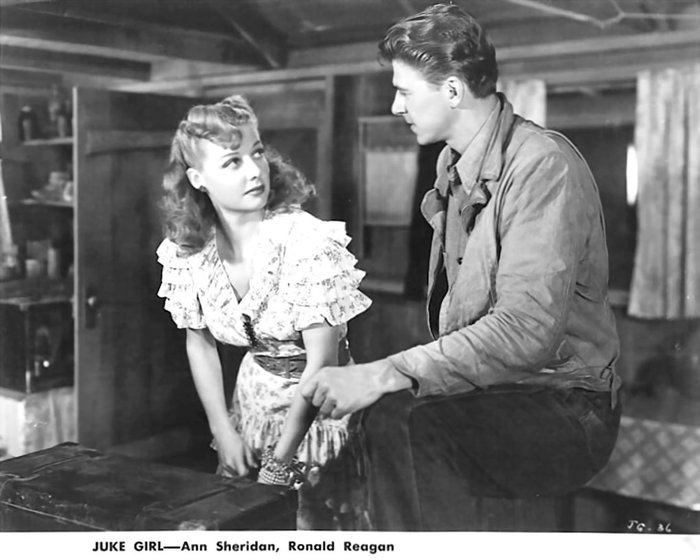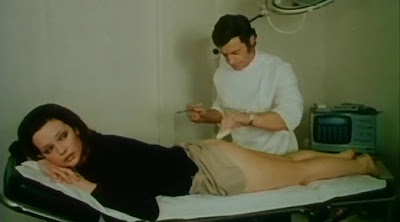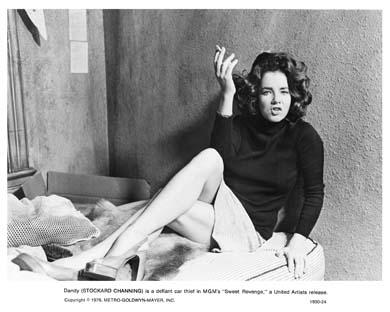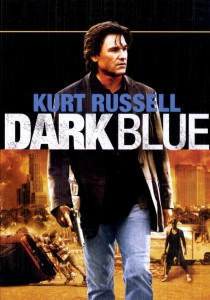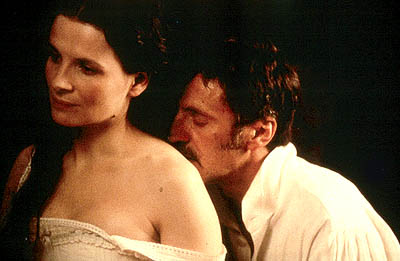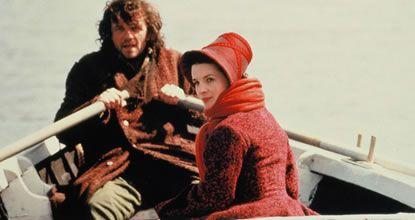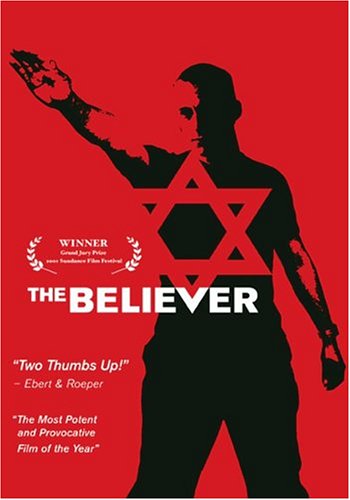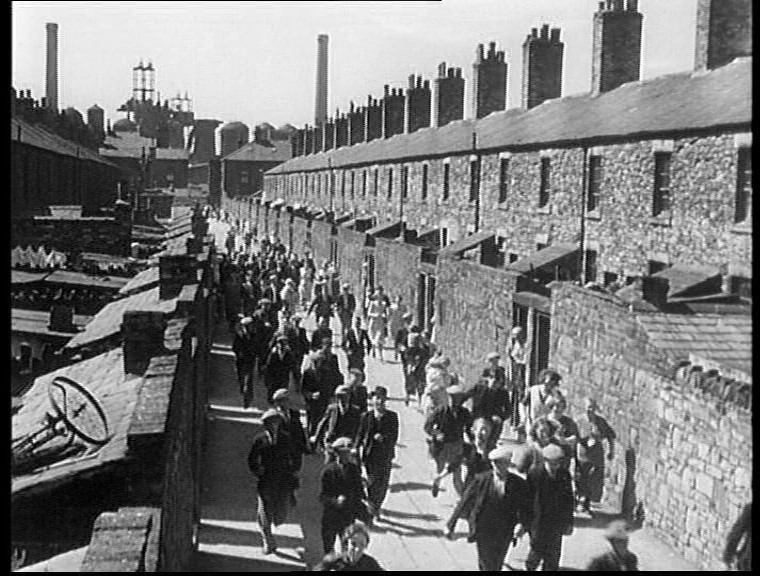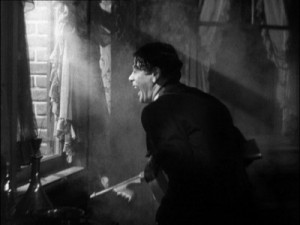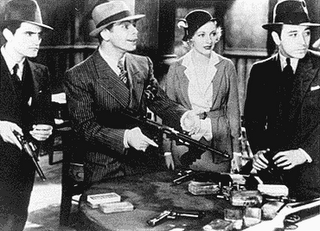From the Chicago Reader (July 5, 1991). –J.R.

TERMINATOR 2: JUDGMENT DAY
** (Worth seeing)
Directed by James Cameron
Written by Cameron and William Wisher
With Arnold Schwarzenegger, Linda Hamilton, Robert Patrick, Edward Furlong, Earl Boen, and Joe Morton.


As much a remake as a sequel, James Cameron’s Terminator 2: Judgment Day begins, like The Terminator (1984), with a postnuclear Los Angeles in the year 2029, a world ruled by deadly machines where a few scattered remnants of humanity struggle to survive. Then the film leaps backward in time — not to 1984, when most of The Terminator took place, but to 1997, when the Terminator materializes in virtually the same mythic fashion, crouched naked like a Greek god, before rising and setting about finding the proper attire. This time he enters a bikers’ bar, where he quickly appropriates the clothes, boots, and bike of one tough customer and the shades of another, blithely smashing the skulls of whoever happens to get in his way.
The thrill and beauty of the Terminator, both as a character and as a concept — the ultimate Schwarzenegger role, against which all his other roles must be measured — resides in the excitement of witnessing a brutal, dispassionate machine, a weapon slicing impartially through metal, flesh, or bone en route to its unambiguous goal. Read more

